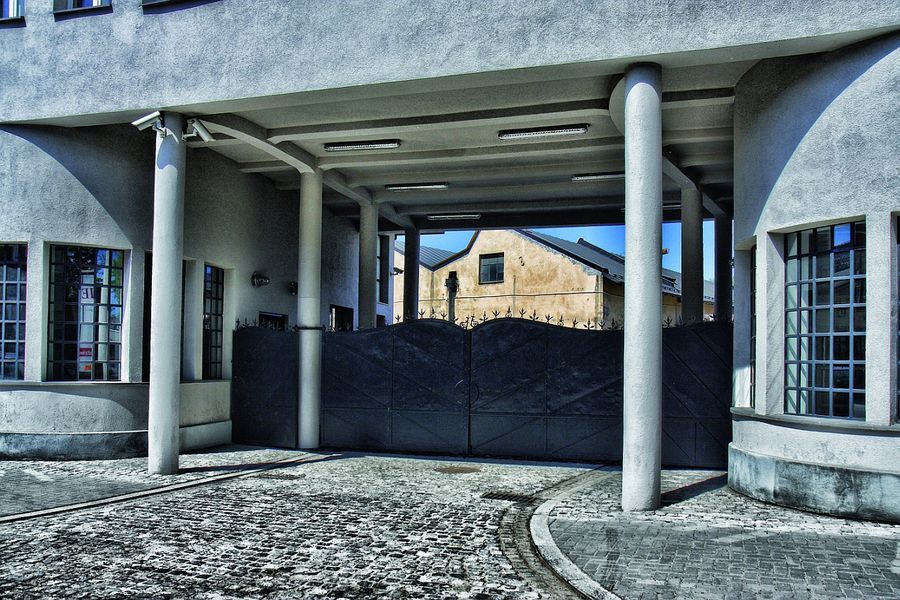Rynek Underground Museum

Rynek Underground Museum
If you've already visited every famous place on the surface, it is high time to dig deeper into the history of Krakow.
There is still something worth a visit, despite being hidden 5 metres beneath your feet. The Historical Museum of the City of Krakow presents an underground tourist route – an archaeological park established in 2010. Next to Wawel Royal Castle, Cloth Hall and Mariacki Basilica, the Underground Market is the most significant tourist attraction of Krakow for visitors from all over the world. Under the eastern side of the Market Square plate, there is the underground museum with total area of over 6000 square metres.
The Rynek Underground presents a permanent as well as temporary exhibitions. The first one, titled 'Following the traces of European identity of Krakow', is a multimedia time travel which enables us to move to medieval Krakow, whose intrinsic feature was trade. Right from the beginning of the tour, visitors are greeted with the sounds of traders bargaining in different languages, which evokes the atmosphere of medieval marketplace. No wonder - you are in Krakow! You can strain your ears and try to hear your mother tongue or maybe discern the English of Shakespeare's times. In the next step of the route, numerous objects make it possible for you to imagine daily life in Krakow of a few centuries ago. Reconstructions and remains of the oldest secular buildings of the city, historical farms and houses, stalls, water mains, tombs, stone roads and city walls as well as 14th-century tools and coins are a great wealth of this place. What's more, you can touch the real cloth that residents of Krakow used to wear back in the day. It is truly impressive how the museum managed to combine the old times atmosphere with new technology at the highest level. Films presenting the scenes from the past, light effects and even holograms accompany visitors on every step of their journey.
As its guests say themselves, this place proves that museum doesn't have to mean boredom. To visit, you only have to buy the ticket in the Cloth Hall. The museum offers free admission on Tuesdays. 😀

